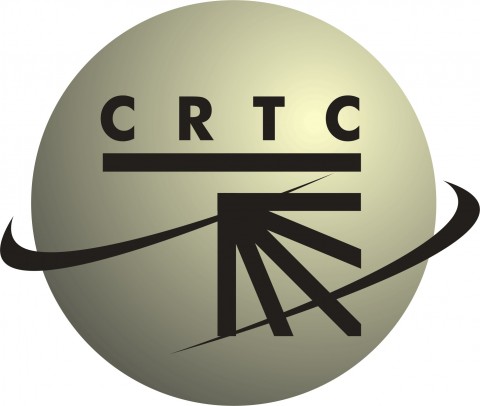
OTTAWA – Total broadcasting revenues sank 1.2% from 2017 to 2018 as television distribution providers (BDUs) posted negative growth for the fourth consecutive year, according to the CRTC’s statistical and financial results for the industry.
The Commission’s 2018 Broadcasting Financial Summaries Highlights reported that overall BDU revenues dropped by 2.0% ($168 million), falling from $8.58 billion in 2017 to $8.41 billion for the broadcast year ended August 31, 2018. IPTV revenues grew by 4.5% in 2018 to surpass the $2 billion mark, albeit at a slower rate than previous years. Satellite (DTH) service providers reported total revenues of $1.9 billion, down 5% year-over-year, while cable posted revenues of $4.5 billion, a 3.4% decrease from 2017.
The total number of TV service subscribers dipped by 0.9% in 2018, an improvement compared to last year’s 1.7% decline, continues the report. While cable and satellite providers continue to lose subscribers, IPTV added over 200,000 subscriptions to its subscriber base in 2018, meaning that approximately 2.8 million Canadian households now subscribe to IPTV.
In 2018, BDUs contributed $422 million to the creation and production of Canadian programming, up from $417 million in 2017.
Conventional Television
Conventional stations generated less revenue in 2018 than in 2017 as they continue to feel the effects of weakening advertising sales, consistent with the overall negative growth of the past seven years. The stations reported revenues of $1.54 billion in 2018, down from $1.61 billion in 2017. The year-over-year decline of -4.2% exceeds the five-year average of -3.9%.
Increases in programming and production expenses resulted in overall expenses exceeding total revenues for the fourth consecutive year. Conventional stations posted a profit before interest and taxes (PBIT) of -$135 million in 2018, compared to -$101 million in 2017.
Canadian programming expenditures (CPE) increased by 6.1% in 2018 as conventional television stations reported $656 million in CPE in 2018, compared to $618 million in 2017. The bulk (58%) of the surge in CPE came from the News and Drama program categories, as both categories increased by approximately $11 million in 2018.
CBC reported an increase of 12.6% in total revenues for its conventional television this year, going from $944 million in 2017 to $1.06 million in 2018, while CPE expenditures increased to $580 million from $509 million in 2017. The public broadcaster attributed the increases to a lift in national advertising revenues and programming expenses due to the broadcast of the 2018 PyeongChang Winter Olympics.
Discretionary and On-Demand
For the second consecutive year, discretionary and on-demand services reported declining revenues and reduced spending. Discretionary services posted a negative year-over-year growth rate of -1.8% for 2018, and on-demand services reported a -14.5% negative growth rate.
Total revenues by language were English/Bilingual at $3.42 million (-2.9%) and French at $732,000 (4.5%). Ethnic services, with $92,000, experienced a year-over-year revenue growth rate of 23.3%.
Discretionary services reported nearly $1.7 billion in CPE in 2018. More than half ($861 million) of the CPE for discretionary services was spent on sports programming, followed by 14% ($274 million) on news programming.
Radio
Canada’s more than 700 commercial radio stations reported revenues of $1.51 million, down from $1.52 million in 2017. English-language radio stations outperformed all other stations with a reported -0.1% growth rate, followed by French-language stations (-1.7%) and ethnic stations (-3.5%).
The most pronounced decline was reported by Ethnic AM stations, while the FM English-language and Ethnic stations reported slight increases.
The shift from local advertising to national advertising continues to occur. Local advertising revenues dropped 0.9% (to $970 million) over the last year, while national advertising revenues continued to rise modestly at a rate of 0.7% (to $520 million).
The profitability margin for commercial radio has remained stable with a PBIT margin of 18.3%. Radio stations in the Atlantic region experienced the sharpest decline, and Ontario and BC and Territories were the only regions reporting positive growth rates in 2018.



